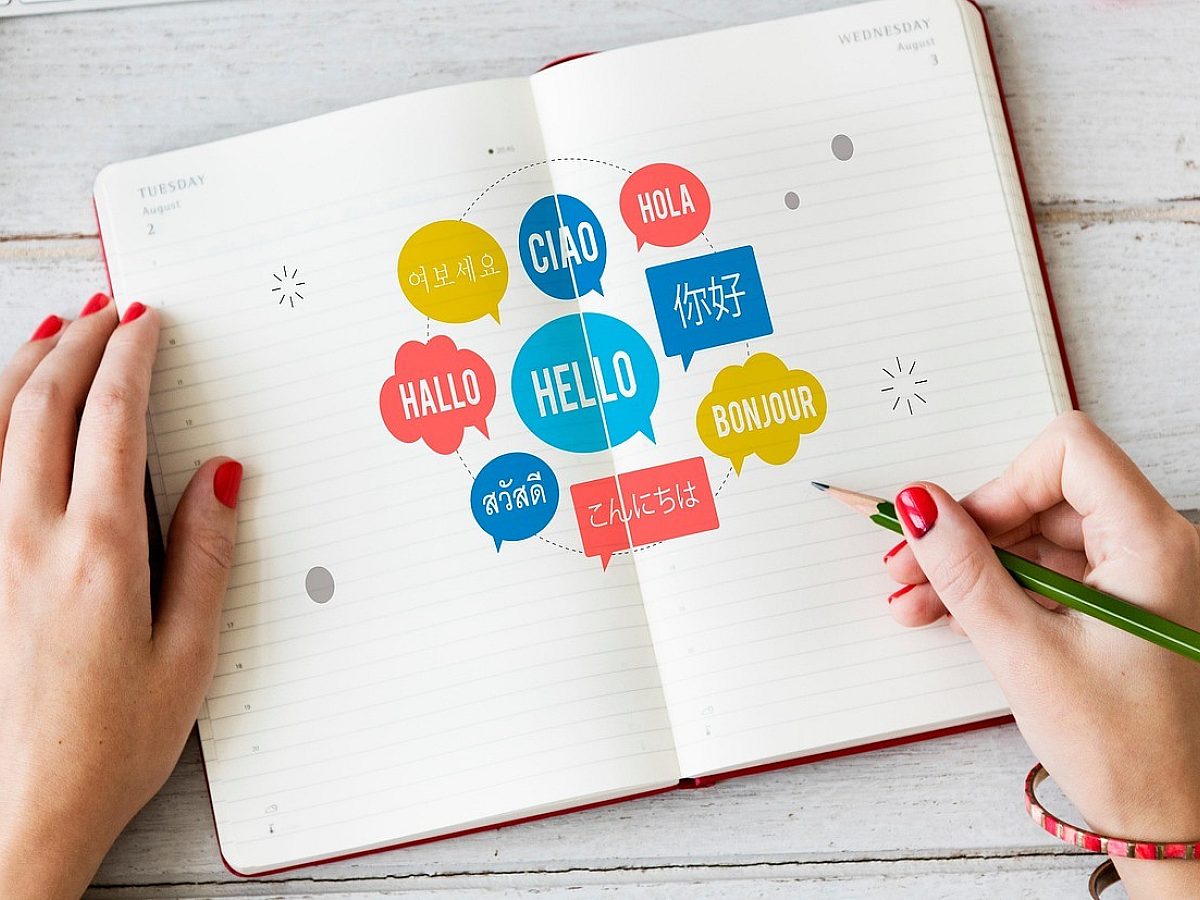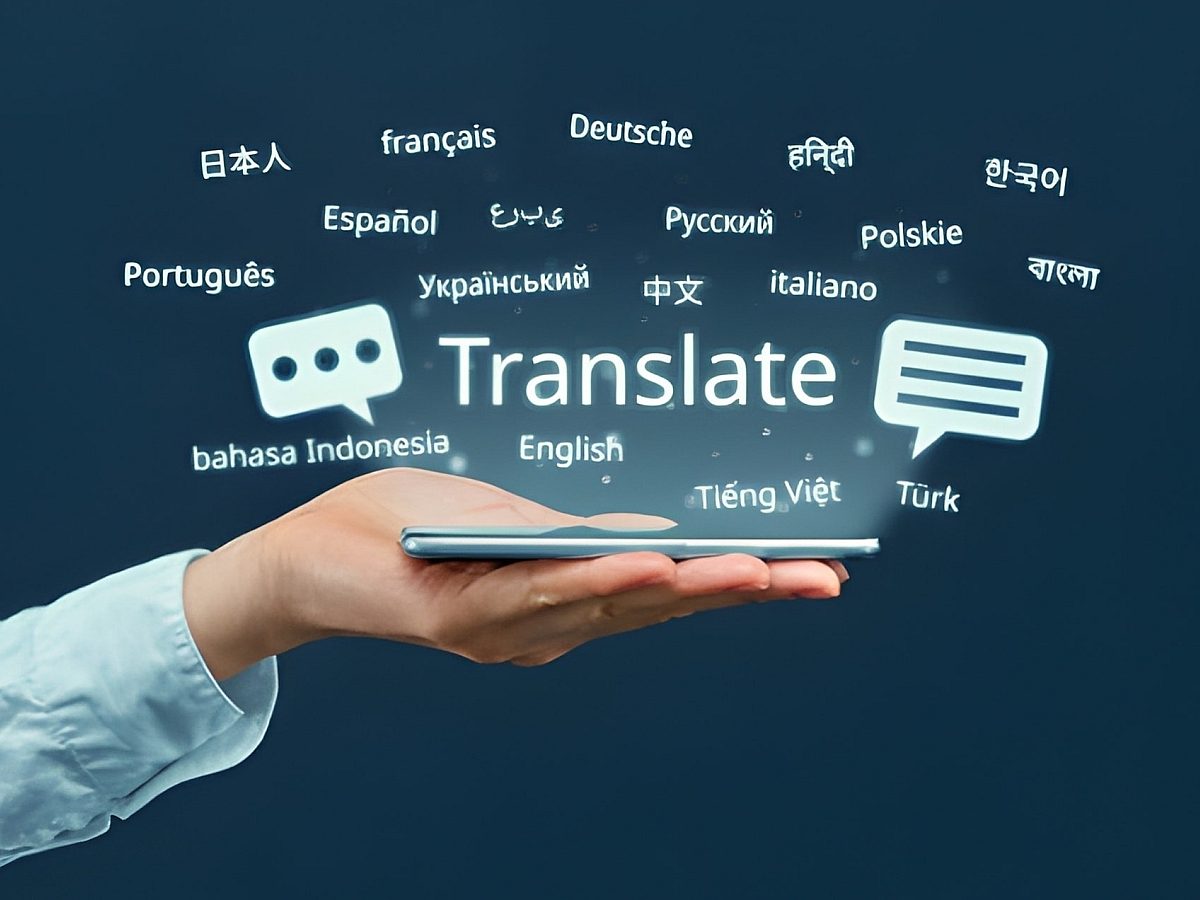Why Cultural Adaptation Is the Key to Successful Global Marketing
In an increasingly globalized marketplace, brands are no longer confined to their domestic audiences.
Expanding into international markets offers tremendous growth opportunities, but it also comes with a critical challenge: culture. Marketing messages that resonate in one region can fall flat or even offend in another if cultural differences are overlooked.
Cultural adaptation is the process of adjusting marketing content, campaigns, and communication to align with the language, values, humor, and social norms of a target market. It goes beyond standard, literal translation, ensuring that campaigns are relevant and effective across diverse audiences.
The Pitfalls of Ignoring Culture
Marketing campaigns that focus solely on language often miss the deeper nuances of culture.
For instance, humor, idioms, or pop culture references in American English might not translate well to markets in Asia, the Middle East, or Latin America. A witty tagline that draws laughs in one country could confuse or alienate audiences elsewhere. Or simply, some audiences may not get the cultural reference.
Similarly, visual elements such as colors, imagery or gestures can carry very different meanings in different regions. For example, certain colors associated with celebration in one culture may represent mourning in another. Ignoring these subtleties can dilute the campaign’s effectiveness and harm brand perception.
Why Cultural Insight Matters More Than Literal Accuracy
Literal translations often fail because they do not account for local context.
Cultural insight ensures that messaging is interpreted the way it was intended. For example, a marketing email that promotes a “competitive edge” might appeal to audiences in North America but could be perceived as aggressive in collectivist cultures where collaboration is emphasized.
Cultural insight also guides how brands communicate values, humor and emotional appeals. Localization experts analyze local customs, societal expectations, and consumer behavior to adapt content without losing the brand’s core identity.
By focusing on meaning and context rather than direct word-for-word translation, companies can maintain brand consistency while engaging audiences effectively.
Key Strategies for Effective Cultural Adaptation
Language Localization
Regional dialects, grammar, and tone matter. For example, Spanish differs between Spain and Latin America, so choosing the right variant improves audience connection.Transcreation
Recreate marketing messages to keep emotional impact and intent. Slogans, taglines, and campaign narratives may need humor, idioms, or metaphors adapted for local audiences.Visual Adaptation
Adjust images, colors, and design elements to respect cultural norms. Gestures or symbols acceptable in one country might offend in another.Market-Specific Examples
Use stories or product demos familiar to the local audience. This makes messaging more relatable and strengthens engagement.Audience Research
Surveys, focus groups, and market studies reveal expectations, values, and behaviors. Insights guide content creation, tone, and strategy.
Benefits of Cultural Adaptation
Higher Engagement: Content that aligns with cultural expectations is more likely to capture attention and encourage interaction.
Stronger Brand Loyalty: Brands that show cultural awareness build trust and loyalty among international audiences.
Reduced Risk of Misinterpretation: By respecting local norms, companies avoid potential misunderstandings or backlash.
Improved Conversion Rates: Messaging that resonates culturally increases the likelihood of consumer action, whether purchasing, subscribing, or sharing.
Examples of Cultural Adaptation in Practice
McDonald’s: In Japan, McDonald’s highlights seasonal offerings like the Sakura (cherry blossom) menu and tailors visuals to match local aesthetics. In France, campaigns emphasize premium ingredients and locally inspired flavors. This ensures messaging resonates with each market’s preferences.
Netflix: When promoting comedy series globally, Netflix adapts jokes, idioms, and cultural references for each region. For example, a U.S. show’s humor may be modified for German audiences so that the jokes are understandable and culturally relevant.
These examples show how attention to local culture, humor, and traditions helps brands create more engaging and effective campaigns across different markets.
How to Implement Cultural Adaptation
Incorporate Adaptation from the Start
Plan for cultural adaptation during the initial content creation stage. This ensures messaging and visuals are designed with multiple markets in mind.Collaborate with Local Experts
Work with translators, linguists, and cultural consultants familiar with the target market. Their expertise helps avoid errors and ensures authenticity.Use Technology to Support, Not Replace Humans
AI translation and localization tools can speed up processes, but human oversight is essential to interpret tone, humor, and cultural nuances accurately.Maintain Brand Consistency
While adapting content, ensure that the brand’s voice, values, and messaging remain consistent across markets. Striking this balance preserves identity while appealing to local audiences.Test and Iterate
Conduct market testing with small-scale campaigns or focus groups. Gather feedback and refine content before large-scale rollout to ensure maximum impact.
Measuring the Impact of Cultural Adaptation
Brands can track the success of culturally adapted campaigns through metrics such as engagement rates, conversion rates, social media interactions, and customer feedback. Comparing these results with previous campaigns that were not localized can highlight the tangible benefits of cultural adaptation.
Additionally, monitoring brand sentiment in different regions helps identify areas where messaging may need further adjustment. Over time, culturally aware campaigns lead to stronger recognition and increased loyalty among international audiences.
Wolfestone Group’s Role in Cultural Adaptation
At Wolfestone Group, we specialize in helping companies adapt marketing content for global audiences. Our services include:
Multilingual Content Localization: Translating and localizing marketing materials, training modules, and campaign content for multiple languages.
Transcreation: Rewriting slogans, taglines, and narratives to preserve emotional impact and engagement.
Cultural Review: Ensuring all visuals, examples, and messaging align with regional norms and expectations.
Accessibility and Compliance: Making content inclusive for diverse audiences while adhering to local regulations.
By combining linguistic expertise with cultural insight, Wolfestone Group ensures that content resonates globally without losing brand identity.
👉 Learn more about Wolfestone Group’s multilingual content services



